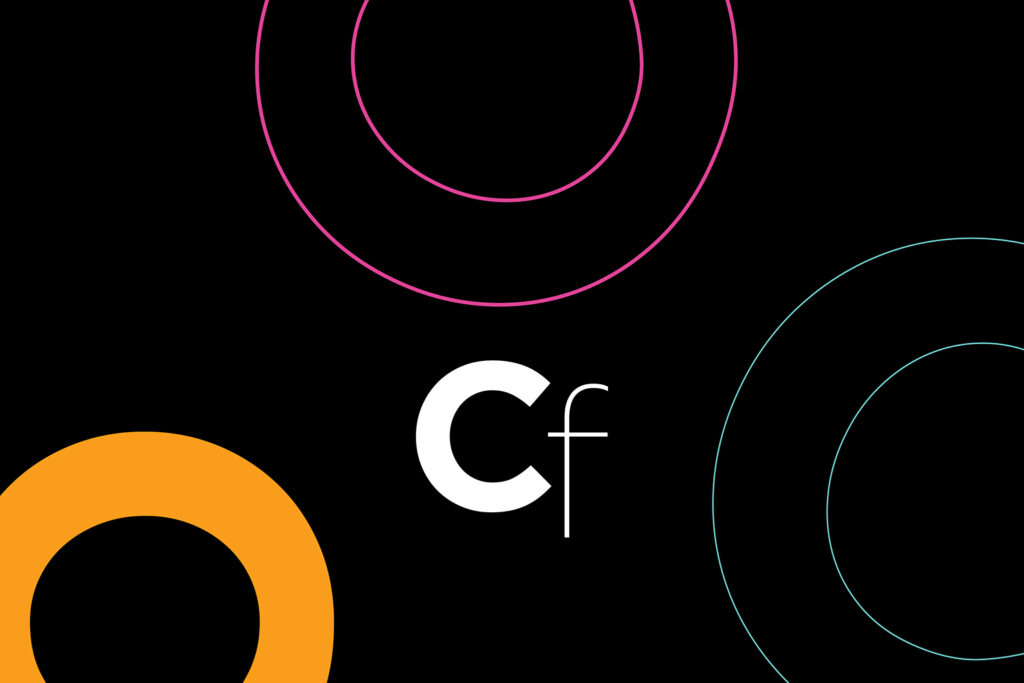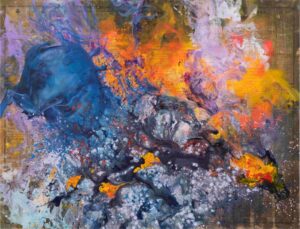Galleries in Tehran Shutter Following Israeli Missile Strikes

Across Tehran, galleries have begun shuttering their doors—in some cases, indefinitely—following Israel’s Friday air strike on the Iranian capital’s nuclear and military facilities. Iran has retaliated with dozens of missiles launched toward Israeli territory, with the Iranian government calling the strikes on Tehran a “declaration of war.”
The Israeli strikes on Iran, which reportedly killed two high-ranking military commanders and two senior government officials, have temporarily put the Tehran art scene on pause. The Iranian strikes on Israel occurred late on Friday, so it was not immediately clear whether museums and galleries in Tel Aviv would be impacted.
Tehran’s Shirin Gallery, a stalwart presence at international art fairs with a one-time New York outpost, announced via Instagram the postponement of two exhibitions slated to open on Friday: “Uncollective Memories,” the debut solo presentation of work by textile and mixed media Leila Yaghoubi, and “Endless Joy,” a show of abstract paintings by Mazyar Tahouri, who is also based in Tehran.
Laleh Gallery, an operation located adjacent to Laleh Hotel, has likewise postponed the group exhibition “New Saghakhaneh,” a survey of painting and sculpture dedicated to exploring Iranian identity and tradition. Moshen Gallery and Hoor Gallery released statements that they will be closed “until further notice,” as has Bavan Gallery. In a statement, Bavan’s management expressed hope for “better days.”
(Editor’s note: Statements were written in Farsi and translated into English. The story may be updated to reflect clarifications.)
Commercial art outfits with roots in Tehran have also begun reacting to the burgeoning war. Ab-Anbar, a gallery that opened in 2014 in Tehran and has since relocated to London, said it would host a community lunch tomorrow. “In light of recent events, we’re opening our doors for a shared meal. Bring a dish, bring a drink, bring a friend, or just bring yourself. Let’s gather, eat, drink and be together,” the gallery wrote on Instagram.
Tehran is home to several internationally renowned cultural sites, including the Iranian national museum, which is the world’s largest repository of Persian archaeological and medieval visual art history. That institution includes two venues—the Museum of Ancient Iran and the Museum of the Islamic Era—that respectively contain relics dating back to 300,000 years ago and dynasty-spanning textiles, calligraphy, pottery, and artworks. There is also the Tehran Museum of Contemporary Art, whose holdings include significant works by Monet, Picasso, and more.
Located in the heart of Tehran is the Golestan Palace, originally built within its historic walled city during the Safavid dynasty and later made the Qajar-era seat of government after a series of extensions and additions in the 19th century. Neither Golestan Palace nor National Museum have released statements addressing Israel’s air strike on Friday.
The palace complex was recognized as a UNESCO World Heritage site in 2013. The palace is classified as a national monument according to the 1930 Law for Protection of National Heritage, which, along with the UNESCO designation, is intended to impart art special protections from wartime activities. ARTnews has contacted UNESCO for comment.







